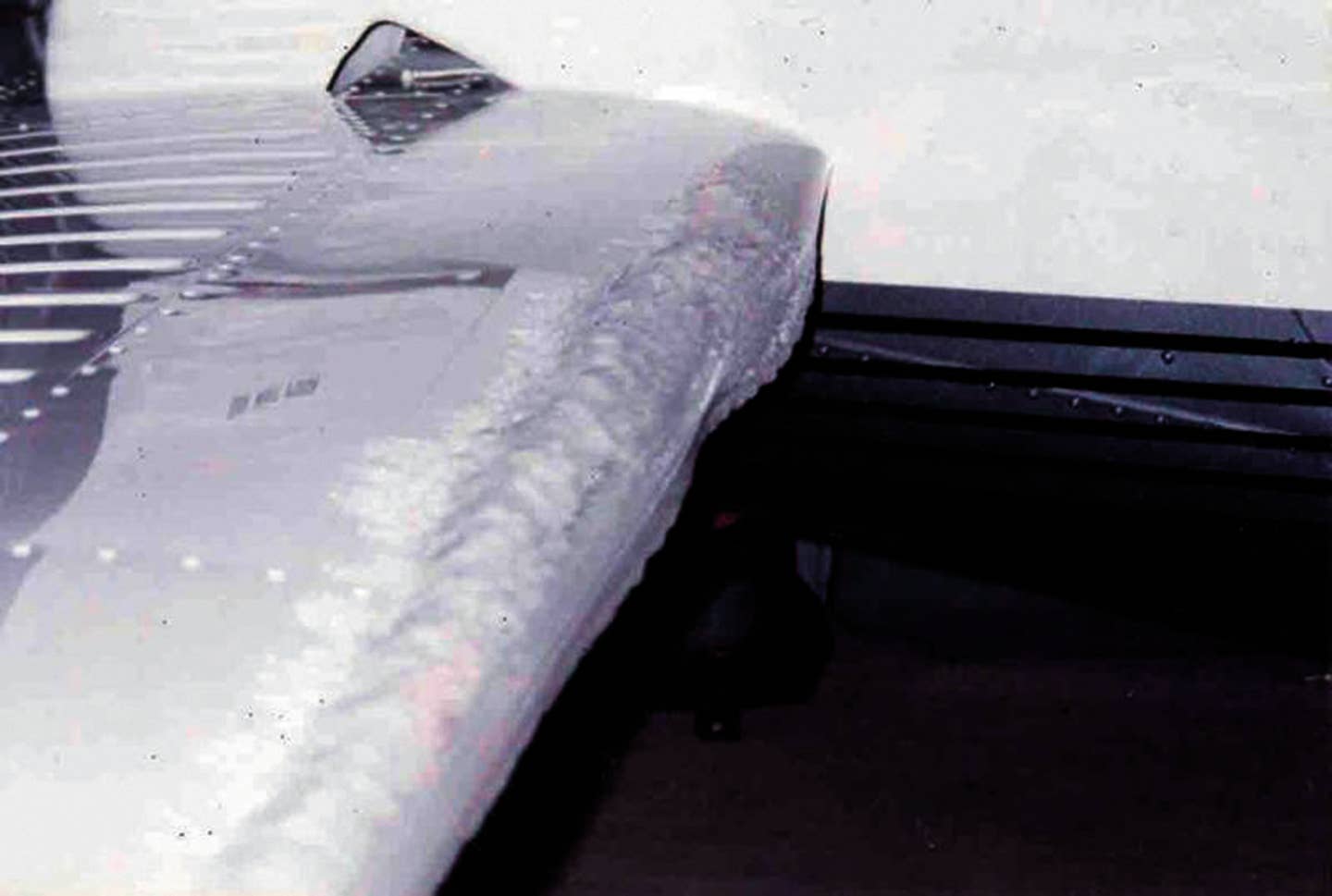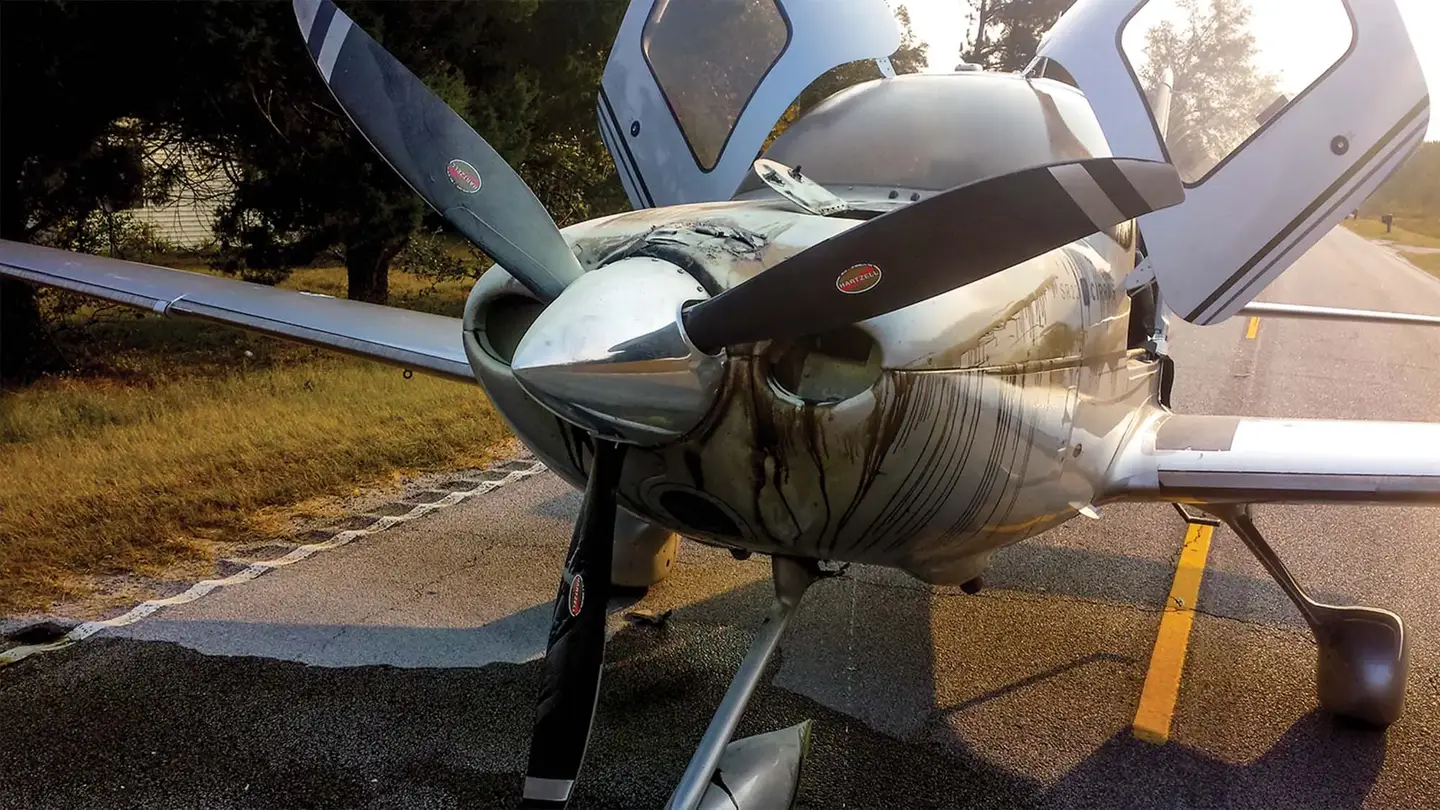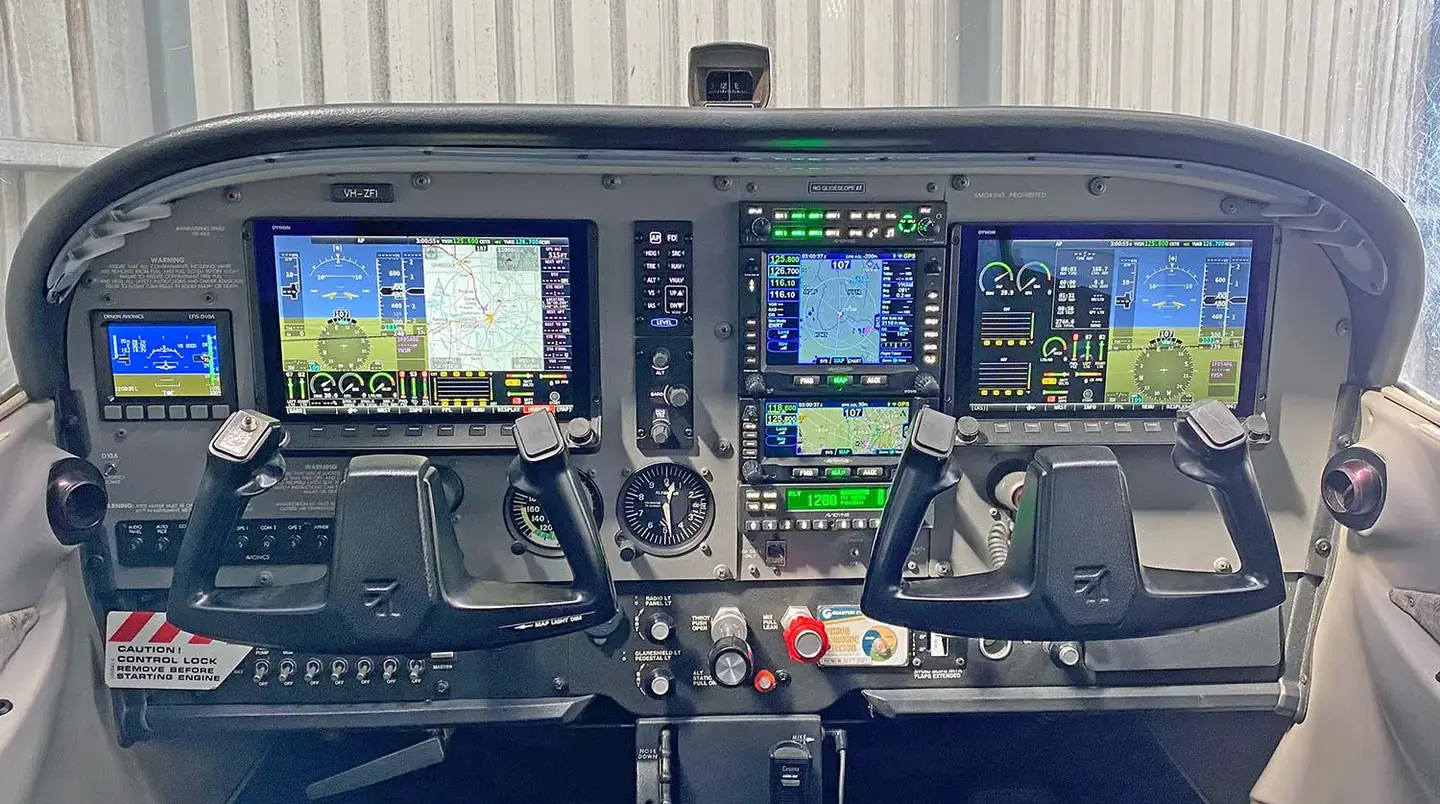Subjective Pilot Reports
Most everyone appreciates pilot reports. Two of the most important are turbulence and icing. But both require a degree of judgment with respect to the severity. It’s great to hear…

Recall that ice accretes faster on thinner airfoils such as the horizontal stabilizer.
Most everyone appreciates pilot reports. Two of the most important are turbulence and icing. But both require a degree of judgment with respect to the severity. It’s great to hear from a pilot 50 miles ahead of you that the ride is “smooth.” But what if he says that it’s moderate chop? Is his “moderate” the same as your moderate? Does his plane react to the bumps the same as yours? Fortunately, there is a solution to this conundrum.
The Turbulence Factor
The AIM section 7-1-23 and Table 7-1-10 gives definitions for various intensities of turbulence.
- Light—Occupants may feel a slight strain against seat belts or shoulder straps. Unsecured objects may be displaced slightly.
- Moderate—Occupants feel a definite strain against seat belts or should straps. Unsecured objects are dislodged.
- Severe—Occupants are forced violently against seat belts or shoulder straps. Unsecured objects are tossed about.
- Extreme—the aircraft is violently tossed about and is practically impossible to control.
So how bad was that turbulence? Did unsecured objects get tossed about? Or were they only slightly displaced? It’s important to recognize the difference. Once the difference has been noted, then it’s time to make a pilot report using the correct definition of the level of turbulence.
But wait—aircraft experience turbulence in different ways. Sort of (but not really) as it all comes down to wing loading—the ratio of aircraft weight to wing area.
To imagine wing loading’s impact on the ride of an aircraft in turbulence, imagine two identical 747s. One fully loaded with passengers, baggage, and fuel. The other is on a repositioning flight with just the pilot, copilot, and minimal fuel. Given an identical routing, which of these two planes will suffer a rougher ride?
What if the two 747s were identically loaded, but someone had cut off several feet from the wing of one of the two planes? With less surface area to act upon, which aircraft will get pushed around more by the gusts? As you can imagine, the one that has a lighter wing loading will experience turbulence at a higher level.
But when hearing pilot reports, how do you know the wing loading of a particular aircraft? You don’t, but you can make some broad generalizations. Higher-performance aircraft generally have higher wing loading and therefore a smoother ride through the bumps. Lightweight gliders with relatively large wings will have a rough ride in the bumps. An F-16 with its stubby wings and heavy airframe will ride through the same turbulence somewhat smoother. Knowing the aircraft’s performance can provide insight into the ride report from that plane. At the very least, determine the type of aircraft that reported the turbulence: an airliner verse a general aviation single-engine.
Icing
Icing reports are also dependent on the pilot’s view. Was that just a trace or was it more like light icing? Once again, the AIM comes to the rescue. Section 7-1-20 gives definitions for the various levels of airframe icing.
- Trace—Rate of accumulation is slightly greater than the rate of sublimation, and deicing/anti-icing equipment is not utilized unless encountered for an extended period (over 1 hour).
- Light—Rate of accumulation may create a problem if the flight is prolonged in this environment (over 1 hour).
- Moderate—Rate of accumulation is such that even short encounters become potentially hazardous, and use of deicing/ anti-icing equipment or flight diversion is necessary.
- Severe—Rate of accumulation is such that ice protection systems fail to remove the accumulation of ice. Immediate exit from the condition is necessary.”
AIM table 7-1-8 defines the various types of icing. Armed with the knowledge of the types and intensities of icing, pilot reports can be more accurate. Unlike turbulence, icing is experienced much the same by all aircraft except for those traveling at near or above Mach speed, which can generate frictional heating of aircraft surfaces.
Making That PIREP
Now that you are armed with the proper definitions of turbulence and icing, it’s time to make a pilot report. The easiest way is to tell ATC what you are encountering. There are two problems with that method.
First, in my experience, not all reports to ATC make it into the system. Sometimes a controller is too busy to pass on the report. But AIM 7-1-20(a) requires ATC facilities to solicit PIREPs when the following conditions are reported or forecast: ceilings at or below 5000 feet; visibility at or below five miles (surface or aloft); thunderstorms and related phenomena; icing of light degree or greater; turbulence of moderate degree or greater; wind shear and reported or forecast volcanic ash clouds.
The better way is to go off-frequency for a few minutes (with approval from ATC) and make your report to Flight Service. They are quite happy to take a full report.
First, try the universal frequency of 122.2. If no reply, look on a Sectional or Low Altitude IFR Enroute Chart for a Remote Communications Outlet (RCO). RCOs are FSS transceivers sprinkled across the country to allow pilots to talk to Flight Service.
A final choice is to look for a Flight Service frequency that is associated with a VOR. Sometimes those frequencies are full-duplex (both parties use the same frequency to communicate). Sometimes they are simplex, meaning that FSS transmits on one frequency and the pilot transmits on another.
You can tell the difference between simplex and duplex on the chart when one of the frequencies has a letter “R” appended to it (e.g., 122.1R). Without the letter “R” both the briefer and the pilot use the same frequency; much the same as when talking to a controller. But if the letter “R” is present, you must listen to the controller over the associated VOR while you transmit on the frequency associated with the letter “R.” Setting this up on your audio panel can be a bit tricky, but it works.
Make Each Word Count
Once you establish communications with FSS, what should you tell them? The essentials—but don’t ramble— choose your words carefully and consider writing down your report before you push the mic button.
AIM Table 7-1-7 lists the elements that Flight Service wants to know—many of which are easily accessible to the pilot. Now that you are aware of the definitions of the levels of turbulence and icing, they are easy to report.
- Aircraft location.
- Time of occurrence in UTC.
- Turbulence intensity.
- Whether turbulence occurred in or near clouds.
- Aircraft altitude or flight level.
- Type of aircraft.
- Duration of turbulence.
Denver Center, Piper November 22345 20 north of Colorado Springs, is reporting continuous moderate turbulence at 14,000 feet for the past 20 minutes starting at 1200 UTC. No clouds in the vicinity.
Whenever icing may be encountered the outside air temperature should be part of your scan. You might keep a running trend on your knee pad of the temperatures.
What about the winds aloft? If you are lucky enough to have a flat panel display, you should know how to call it up. If not, now is the time to learn that trick.
Once you’ve made the report to Flight Service, it’s always interesting to go back and view the ADS-B In data (if you are fortunate enough to have that capability) and see that the report you submitted just a few minutes ago is now available to all other pilots to help them make good in-flight decisions.
Submitting pilot reports helps everyone. The more, the merrier. Be sure to use the proper definitions of the various terms for turbulence and icing. As more and more pilots submit complete and correct reports, we can all benefit.
Ken Maples, a former Chief Instructor at a busy 141 flight school, is now retired in the mountains of Colorado and splits his time between skiing and shoveling the doors to his hangar.
This article originally appeared in the February 2020 issue of IFR Refresher magazine.
For more great content like this, subscribe to IFR Refresher!






